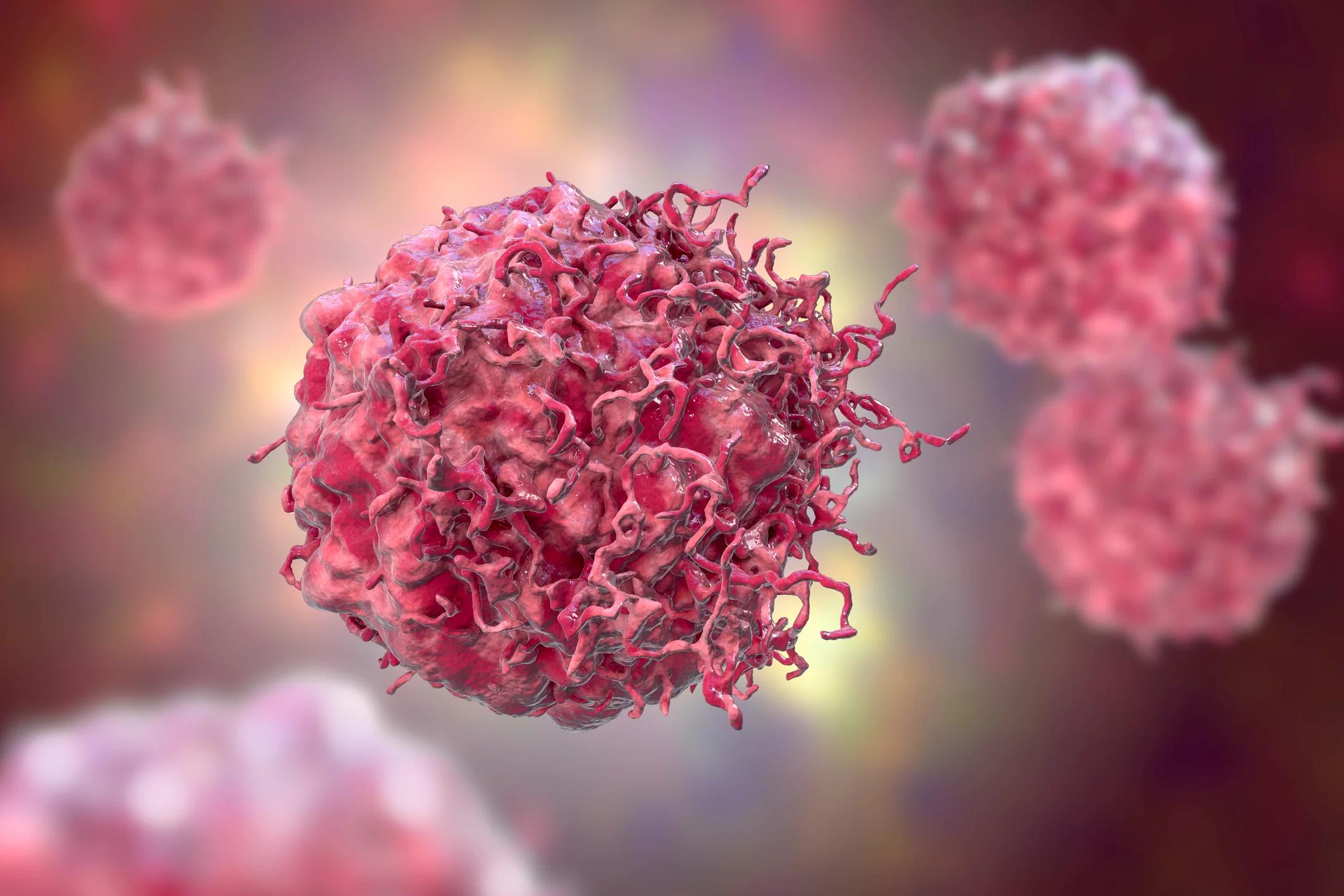KEY TAKEAWAYS
- The SPP2 trial aimed to test whether giving nudges to clinicians, pts, or both would increase the completion of SICs.
- The primary outcome was the presence of a documented SIC in the EHR within 6 months of enrollment.
- The study found clinician and patient nudges can be used together to promote serious illness communication in cancer care. The effects of these nudges on end-of-life care are still being studied.
Studies have shown that early and documented serious illness conversations(SICs) can improve outcomes and reduce end-of-life care for patients(pts) with cancer. Most pts do not have these conversations. Researchers aimed to test whether giving nudges to clinicians, pts, or both would increase the completion of SICs.
The study used text messages and a machine-learning algorithm to identify high-risk pts before clinic sessions. Clinicians received nudges with peer comparisons on completing a specific task, while pts received surveys to prepare for discussions. They randomly assigned oncologist/APP groups and pts to receive nudges or usual care and measured the primary outcome of documented SIC within 6 months. They used a statistical model and looked at differences among subgroups.
About 4,450 pts were enrolled (median age 67, 52.9% female, 17.3% Black, 2.7% Hispanic) under the care of 166 clinicians across 4 hospitals and 6 community sites. They were randomly assigned to receive a clinician nudge (n=1,179), a patient nudge (n=997), both nudges (n=1,270), or the active control (n=1,004). Overall, the rates of 6-month SIC completion at the patient level were as follows 11.5% for clinician nudge, 11.5% for patient nudge, 14.1% for both nudges, and 11.2% for the active control. In comparison to the active control, participants in the combination nudge group were more likely to engage in SICs (HR1.55, 95% CI 1.00-2.40), while those in the clinician nudge (HR 0.95, 95% CI 0.64-1.41) and patient nudge (HR 0.99, 95% CI 0.73-1.33) groups did not show significant differences. There was no variation in the effect observed across age and race subgroups.
The study found clinician and patient nudges can be used together to promote serious illness communication in cancer care. The effects of these nudges on end-of-life care are still being studied.
Source: https://ascopubs.org/doi/abs/10.1200/JCO.2023.41.16_suppl.1514
Clinical Trial: https://classic.clinicaltrials.gov/ct2/show/NCT04867850
Samuel U Takvorian, Alicia BW Clifton, Peter Edward Gabriel, E. Paul Wileyto, David A Asch, Alison M Buttenheim, Katharine A. Rendle, Rachel C Shelton, Oluwadamilola Motunrayo Fayanju, Susan Ware, Lynn Mara Schuchter, Pallavi Kumar, Lawrence N. Shulman, Tasnim Salam, Daniel Ragusano, Daniel Blumenthal, Justin E. Bekelman, Rinad S Beidas, Robert Schnoll, and Ravi Bharat Parikh. DOI: 10.1200/JCO.2023.41.16_suppl.1514 Journal of Clinical Oncology 41, no. 16_suppl (June 01, 2023) 1514-1514.



